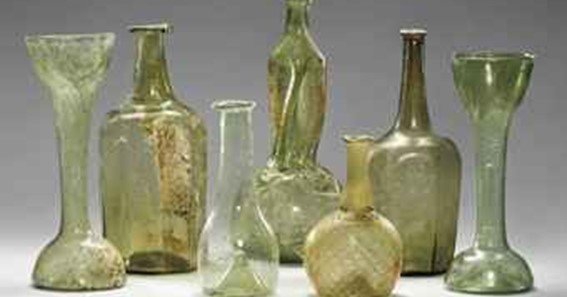The 16th century green glass bottle represents a significant artifact in the history of glassmaking and everyday utility. Known for its unique color and shape, this type of bottle has become a sought-after collectible among antique enthusiasts and historians alike. This article explores the characteristics, production methods, and historical significance of these fascinating bottles.
Characteristics of 16th Century Green Glass Bottles
- Color and Material: Green glass was prevalent during the 16th century, primarily due to the iron content in the sand used for glassmaking. The color varied from light to dark green, depending on the specific materials and methods employed.
- Manufacturing Techniques: Bottles from this period were mostly mouth-blown, showcasing the artisanal skills of glassmakers. The transition from hand-blown to more uniform machine-made bottles occurred much later, making these bottles unique relics of their time.
- Design and Function: These bottles were commonly used for storing liquids, such as oils, vinegar, or alcohol. They often featured a rounded body and a narrow neck, making them functional for pouring.
Historical Significance
The production of green glass bottles during the 16th century reflects broader trends in European society, including the rise of trade and commerce. The glass industry saw considerable advancements due to the influence of immigrant glassmakers and technological innovations. As glass became more accessible, it was increasingly used in domestic settings, leading to the proliferation of glass containers in households across Europe.
FAQ
- What is a 16th-century green glass bottle?
It is a type of bottle produced in the 16th century, characterized by its green color and unique manufacturing methods. - How were these bottles made?
They were primarily mouth-blown by skilled artisans, a technique that was common before the advent of machine-made bottles. - What were these bottles used for?
16th-century green glass bottles were typically used for storing various liquids, including oils, vinegar, and alcohol. - Why are these bottles considered collectible?
They represent a significant part of glassmaking history and offer insights into the social and economic conditions of the 16th century, making them valuable to collectors. - Where can I find more information about these bottles?
For more details on historical bottles and glassmaking techniques, you can visit the Society for Historical Archaeology.
The 16th century green glass bottle is more than just a container; it is a window into the past, reflecting the craftsmanship and cultural practices of its time. Collectors and history enthusiasts continue to appreciate these artifacts for their beauty and historical context.










